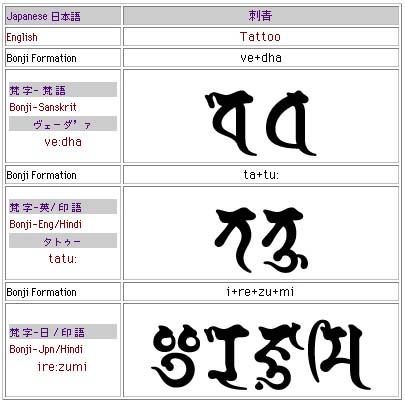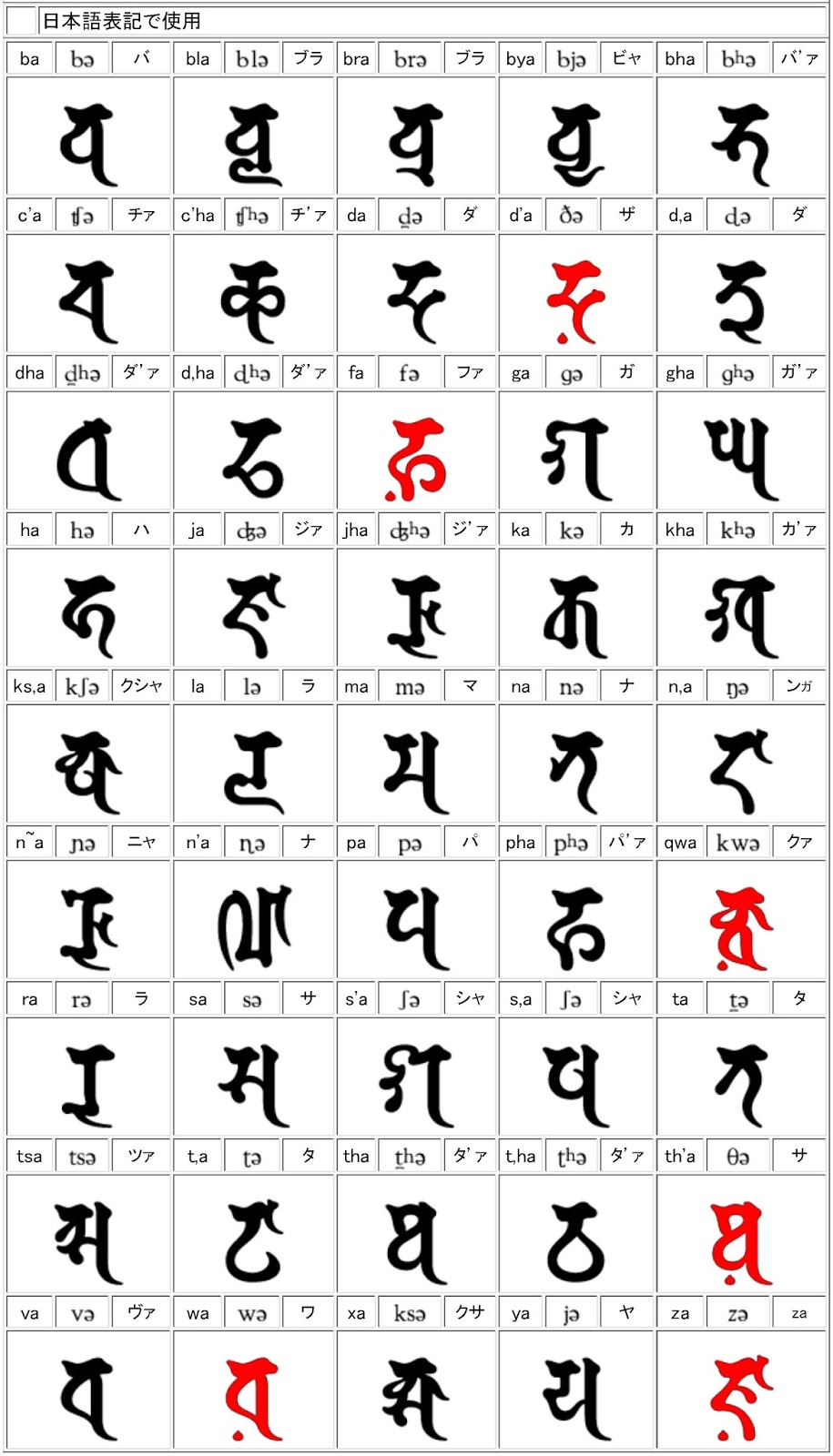The combining sign ़ NUKTA is used in Indic scripts for transcribing sounds
for which distinct characters do not natively exist in a writing
system. The name of the character is derived from the Arabic word نقطة
nuqṭah (simplified in Indic romanization as nukta)
“dot”. The NUKTA is used in Devanagari and related scripts of northern
India for expressing sounds not commonly used in Indo-Aryan languages,
mostly those that originate from Arabic and Persian. It is also used
natively in scripts such as Bengali and Tirhuta for distinguishing
between characters that have nearly identical graphical structures.
Although now used quite frequently in modern Indic scripts, the NUKTA
is not part of the traditional character repertoire based upon the
representation of Sanskrit phonology. As one might expect, the NUKTA
is not attested in historical Siddham materials as the usage of
Siddham is largely restricted to the representation of Sanskrit.
I was, therefore, surprised when, during research for my
proposal to encode the script in Unicode, I stumbled across the
following sample
at the Mandalar site
showing usage of NUKTA in Siddham text as:

The above excerpt provides the
translation or transliteration of English “tattoo” in Sanskrit,
English/Hindi, and Japanese. The Sanskrit वेध vedha does
not truly translate as “tattoo”, but carries the connotation of a
“piercing”, “puncturing”, or “perforation” (√ व्यध्); the
English/Hindi ततू tatū is simply a transliteration of English “tattoo”
(which also might be rendered टैटू ṭaiṭū, using retroflex
letters instead of dentals); and इरेज़ुमि irezumi, which
is the transliteration into Siddham of the Japanese word for “tattoo”,
入れ墨 irezumi.

Of interest is the usage of NUKTA in
writing the word इरेज़ुमि. In general, the NUKTA is written with a
letter that has the closest phonetic proximity to the target sound.
Here, the NUKTA is combined with SIDDHAM LETTER JA (/ʤ/) for
representing /z/. When NUKTA occurs with a consonant to which a vowel
sign is attached, then it is ordered in encoded text immediately after
the consonant and before the combining vowel sign: JA + NUKTA + VOWEL
SIGN U. The positioning
of the NUKTA with regard to the base letter depends upon the shape of
the letter and the presence of any below-base vowel signs.
The Mandalar site has a chart
that shows the usage of NUKTA with other consonants for representing
fricatives and other sounds:

The introduction of the NUKTA in Siddham is a
surprising innovation. I have yet to investigate the issue fully, but
at first glimpse the usage of NUKTA suggests that modern users of
Siddham seek to extend the script by adopting features used in Indic
scripts. Such borrowings show that Siddham is quite alive in Japan and
that its usage is continually being extended beyond traditional
contexts. Indeed, the Mandalar site displays these innovations under
the banner of 現代悉曇 gendai shittan or “modern Siddham”:

In order to support such usage, I
proposed the character for encoding as U+115C0 SIDDHAM SIGN NUKTA. It
corresponds to characters such as U+093C DEVANAGARI SIGN NUKTA and
possesses the same properties.
I am curious to know the
history of NUKTA in Siddham and the rationale of the gendai shittan
user(s) who first used NUKTA in the script. Was the idea motivated
by the usage of NUKTA in modern Indic orthographies? Was it influenced
by Unicode? Does the ‘dot’ have ideographic interpretations?